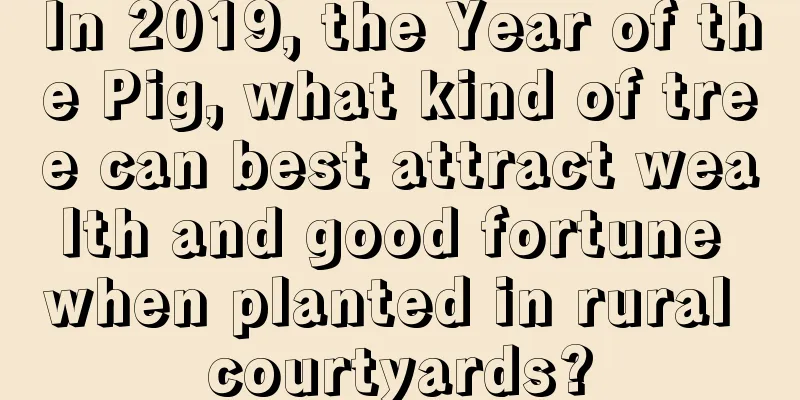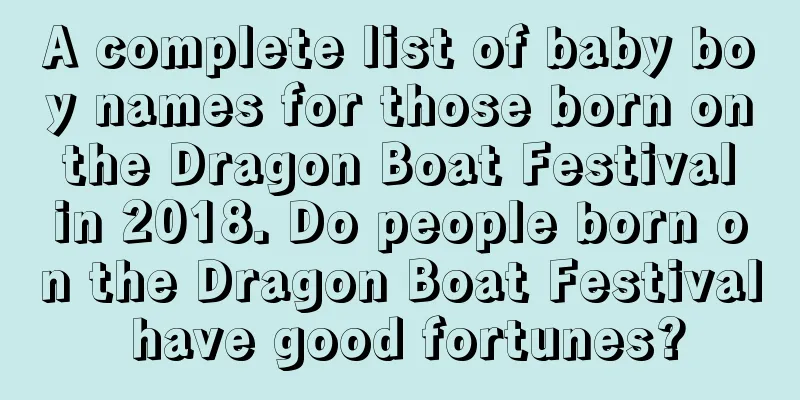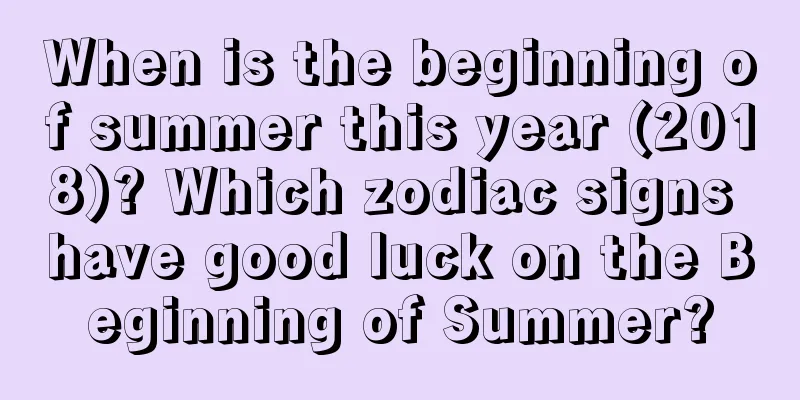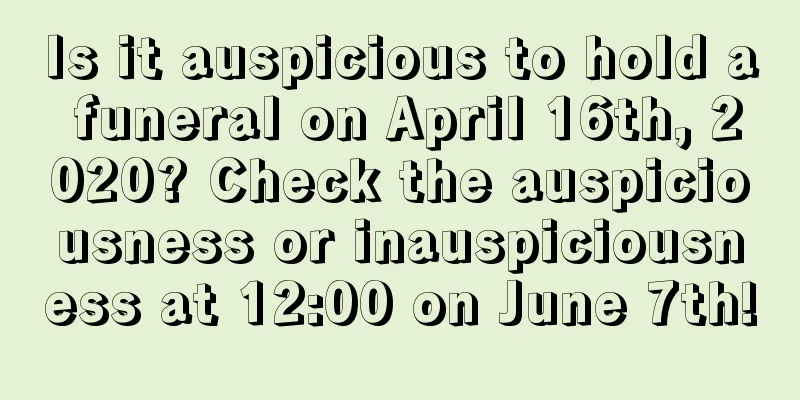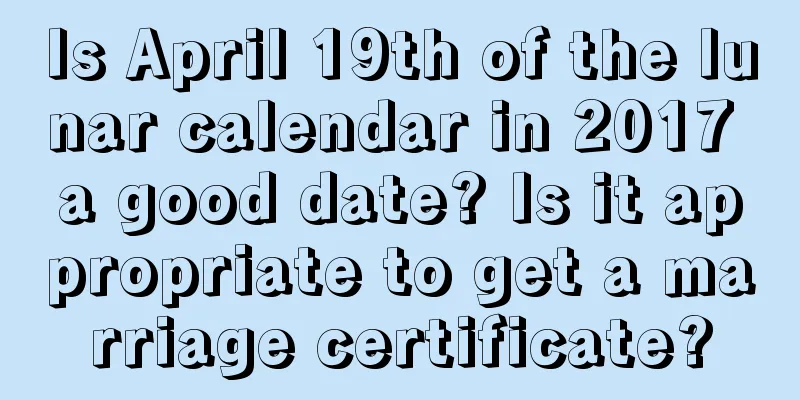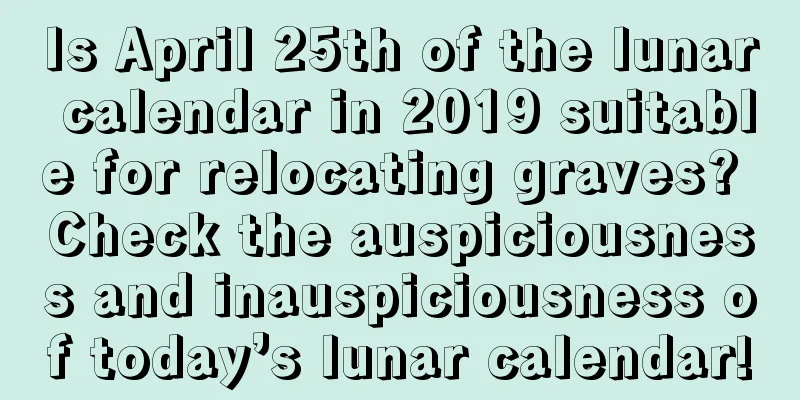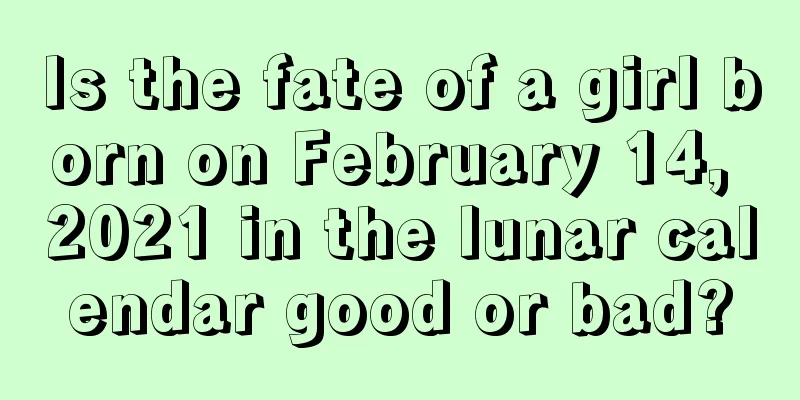Introduction to Japan's Double Ninth Festival, what is different about Japan's Double Ninth Festival
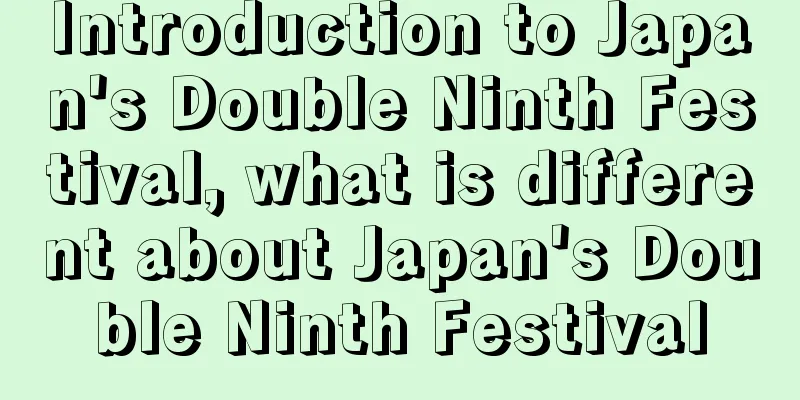
The Double Ninth Festival is now not only popular in China, but has gradually spread to Japan and other places. So, is there anything different about Japan’s Double Ninth Festival? Let’s take a look together. Mr. Shui Mo has carefully compiled detailed information about the ninth month of the lunar calendar in 2018. If you want to know the auspicious and inauspicious days in the ninth month of the lunar calendar, please go to Mr. Shui Mo.Japan Double Ninth FestivalThe Double Ninth Festival in Japan spread from China, and its meaning is the same as ours, because the "Book of Changes" defines 6 as a yin number and 9 as a yang number. On September 9th, the sun and the moon are both yang, and two nines are repeated, so it is called Double Ninth Festival. In Japanese, it is called "Chongyang (ちょうよう)", so this day is a day worth celebrating. This festival was introduced to Japan during the Heian period, and a chrysanthemum-viewing banquet was held in the palace on September 9th every year.Customs of Japan's Double Ninth FestivalSeptember 9th is also a very important day for people who love flower arrangement. During some specific festivals in Japan, people will choose a flower that represents that season for flower arrangement. On this day, people will only use chrysanthemums for flower arrangement, which in a sense can also be regarded as a special ritual. On the Double Ninth Festival , the Kamigamo Shrine in Kyoto holds the "Double Ninth Festival" to pray for good health and no disasters. In addition, the more famous sacrificial ceremonies on the Double Ninth Festival include the "Chrysanthemum Quilt" at Omiya Hachimangu Shrine and the "Double Ninth Festival" at Ichihime Shrine.What is the nickname of Japan's Double Ninth Festival?Chrysanthemum Festival & Chestnut Festival This day on the lunar calendar is also called the Chrysanthemum Festival because it is the season when chrysanthemums are in full bloom. In ancient China, chrysanthemum was also called "Weng grass" and "Qiandaijian grass", and was believed to have the effect of expelling evil spirits and blessing longevity. Influenced by China, Japan has the custom of placing cotton cloth on chrysanthemums on the night of the 8th, and then using it to wipe the body after it is wet by dew on the 9th, in order to pray for longevity. At the same time, because it is the harvest season, people also call this day the "Chestnut Festival" and eat chestnut rice to celebrate. |
>>: What is the date of the seventh day of the ninth lunar month in 2018? Is it an auspicious day?
Recommend
2017 Leap June 30th Hour Lucky and Unlucky Hours Query
The Fortune Teller website has carefully compiled...
A complete list of names for boys born on National Day (October 1st) in 2020, the Year of the Rat
National Day is a beautiful day. When a baby is bo...
What are the customs on the 28th day of the twelfth lunar month in 2020? Is it a good idea to set up the bed on the 28th day of the twelfth lunar month in 2019?
Introduction: The 28th day of the twelfth lunar mo...
What are the do's and don'ts on February 16th of the lunar calendar in 2022? Is it a good day for a caesarean section?
The second month of the lunar calendar is a great ...
Is it a good idea to open a new store on the sixth day of the eleventh lunar month in 2017?
Winter months are cold, but when everything goes ...
Is the fate of women born in the leap April of the lunar calendar bad? Analysis of the fate of the fifth day of the leap April
Introduction: People born in different months have...
Is it suitable to travel on November 13th of the lunar calendar in 2018? Is the fortune on this day good?
Introduction: According to the tradition of our co...
Which day is the best in March of the lunar calendar in 2021? How to choose an auspicious day?
March is also called Chenyue, Jichun, Peachyue, To...
Query the positions of the twelve gods of happiness in December 2017
The twelfth month of the lunar calendar is also k...
Lunar calendar May 21, 2019, is it a good day?
May is also known as the Pu month. The most prosp...
Is it a good idea to open on the 15th day of the seventh lunar month in 2017? Is the date suitable for opening?
Introduction: Our country is a traditional country...
When is Labor Day in 2020? What is its origin and significance?
It's May Day again. Where will you be this May...
What are the taboos on August 23rd of the lunar calendar in 2018?
Mr. Shui Mo has carefully compiled detailed infor...
Where is the God of Wealth on September 27th of the lunar calendar in 2020?
Where is the God of Wealth on September 27th of t...
Is Qixi Festival Valentine's Day? What gift should I give?
For Chinese people, they may not remember what fes...
